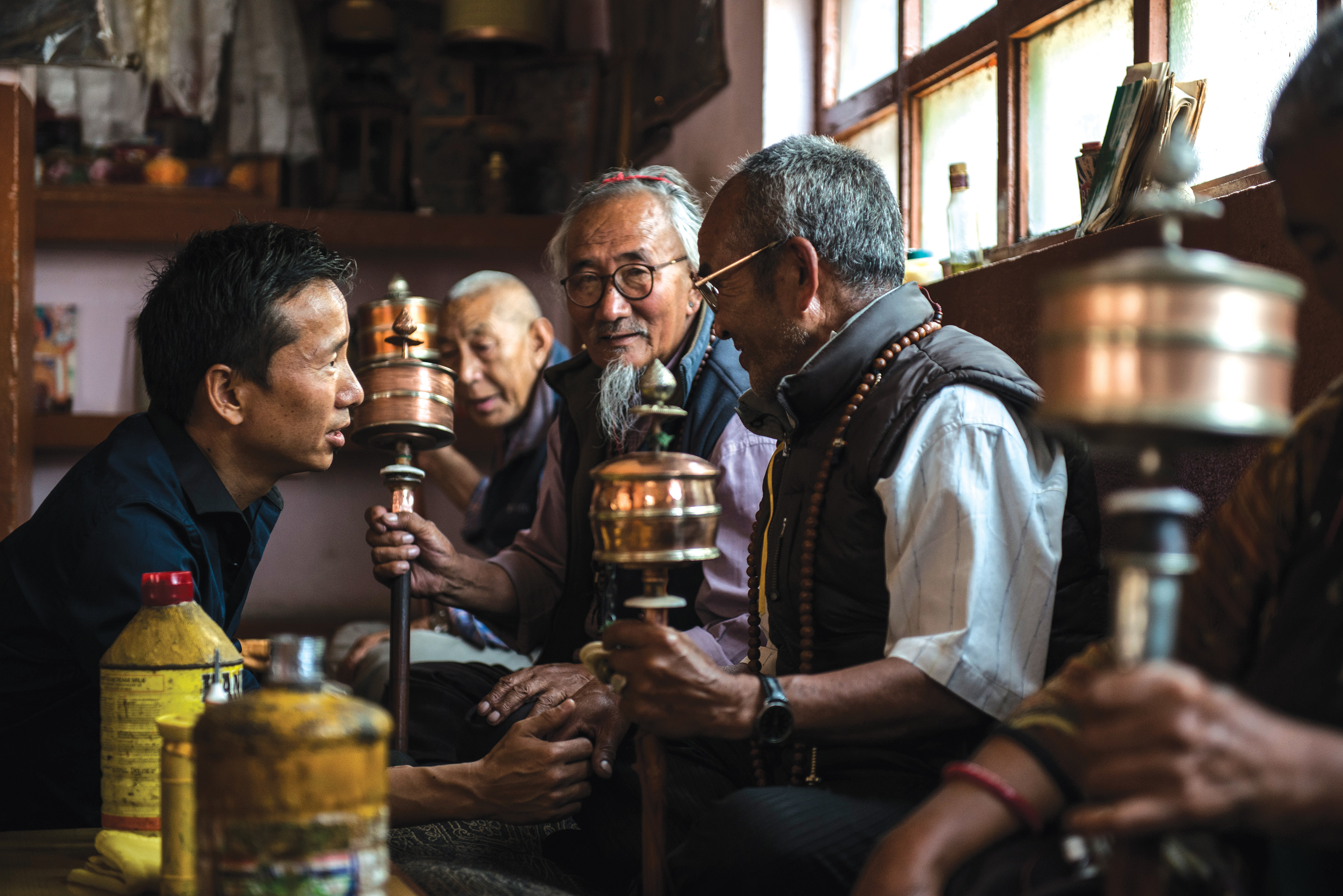I was visiting Nepal’s capital city, Kathmandu, in the early 1990s with my daughter Heidi when a Tibetan activist living in Switzerland, Tsultim Tersey, asked for my help.
Could I arrange for several monks and nuns to fly to Zurich? They had been part of the 1989 exodus of Tibetans in the wake of the post–Tiananmen Square crackdown by the Chinese.
As fellow mountain people, the Swiss share a kinship with Tibetans. We were reminded of this, tragically, when world famous Swiss speed-climber Ueli Steck fell to his death in April on Nuptse, a Himalayan peak near Mount Everest.
Many Tibetan exiles resettled in Switzerland after China’s brutal invasion in 1950. Tsultim explained that these nuns would be welcomed and well cared for there if somehow they could arrange passage.
Of course I agreed to help.
Before the group left Kathmandu, we asked one nun to tell us her story. What had happened to her before she escaped? In China or the Tibetan Autonomous Region, she explained, anyone who wishes long life to His Holiness is considered an enemy of the state. She was arrested for holding a puja, a Buddhist prayer service that included, among the group’s rhythmic chanting, an invocation of long life for the Dalai Lama.
The young nun – she couldn’t have been more than twenty years old – was thrown into jail, beaten, tortured with electric cattle prods, and forced to lie for long periods of time on big blocks of ice in a freezing cell. When her jailers concluded she had no useful information they could take for incriminating others, they pushed her out into the cold. “You don’t know anything!” shouted one of her tormentors.
A few months later, I was in Zurich and called Tsultim to see how the Tibetans were doing. He invited us to meet for dinner with a few of them, including the young woman who had told us her story in Kathmandu.
Radiant with an optimism I had not seen before, she told me over dinner that she had woven two yak wool bracelets to focus her mind away from the pain and suffering she had endured in prison.
“I want you to have these bracelets,” she told me. “One is for you, and one is for your daughter.”
Though this gentle young woman’s terrifying experience was a recent one, it reflected the truth of China’s government-sponsored terrorism that had been happening for decades. As a result of that oppression, many thousands of Tibetan refugees live in settlement camps in India and Nepal. Some elders in these camps have lived there more than fifty years.
Life for the vast majority of Tibetan refugees remains difficult. For example, most Tibetans in Miao, India, are subsistence farmers. They live just south of the eastern extension of the Himalaya, an isolated region where heavy rains bring summer flooding to farmlands carved from tropical forests.
“It is a hostile environment,” says Tsedo, the Tibetan field director for our American Himalayan Foundation, and son of Tibetan refugees who fled to Kathmandu in 1959 when the Dalai Lama escaped into exile to Dharamsala in northern India. That’s Tsedo in the photo above, chatting with Tibetan elders.
The region is unstable politically, not far from long-simmering boundary disputes between China and India. Then, too, insurgent separatist groups in the area want to secede from India.
“The Tibetans there still feel like refugees,” Tsedo says. “They are worried for their future, for their children’s future, and most important, for the people still living in Tibet.”
** **
Photo courtesy of the American Himalayan Foundation.


Leave a Reply